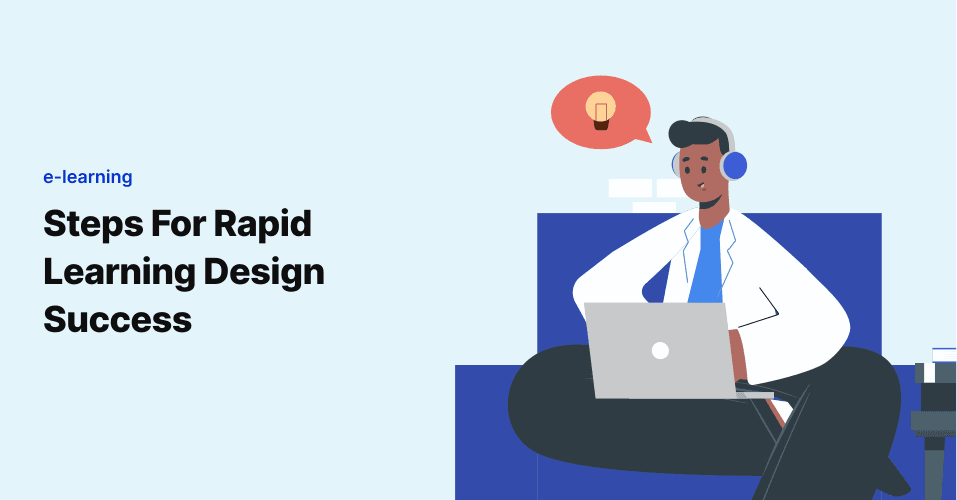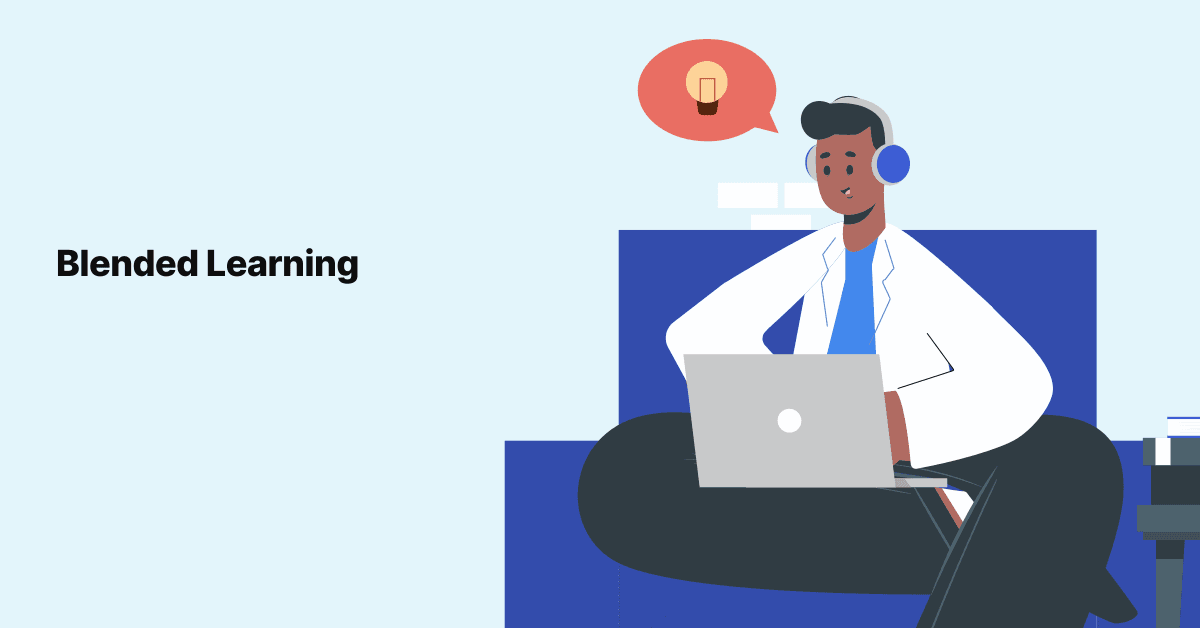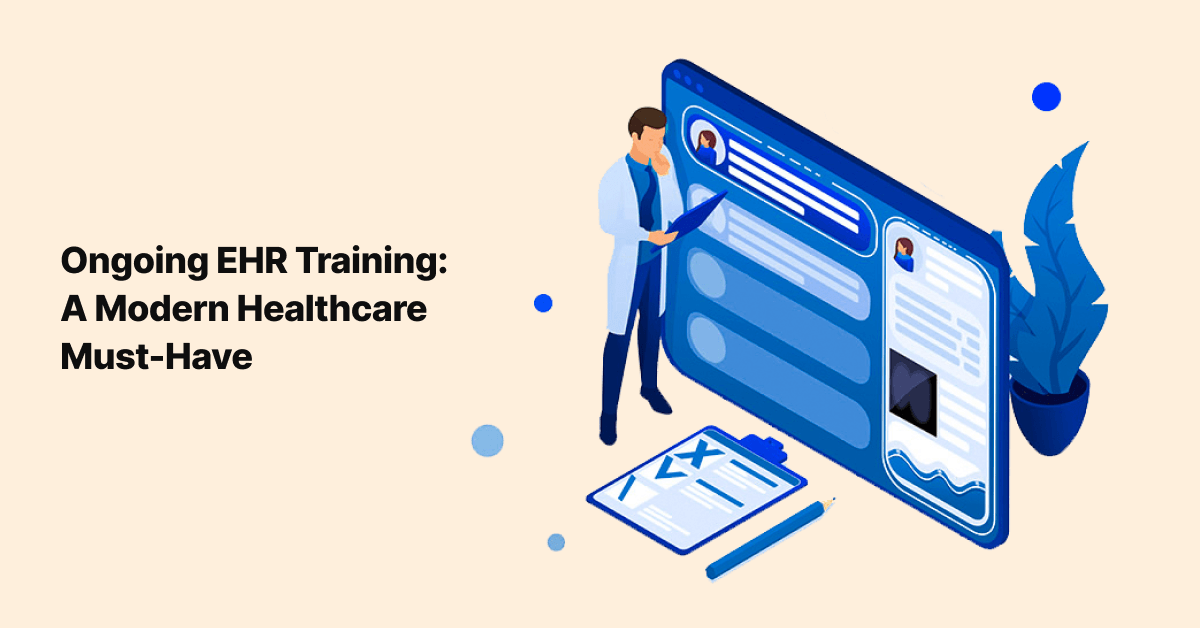
Steps for Rapid Learning Design Success
Not too long ago, our hero Jacob, an instructional designer by profession, worked for a global organization …

Whether health systems are implementing a new EHR or supporting well-established healthcare IT solutions, there may come a time when it becomes glaringly obvious that the current EHR training process isn’t working. Perhaps manifesting as non-compliance with defined workflows (looking at you, workarounds), consistent complaints from clinical staff, or an abundance of Help Desk tickets that are 90% user error, sub-par training practices will rear their ugly head in one way or another.
Given the unique personalities of EHR end-users, it’s important to have a strategy to address training problems for health systems. And today, we’re tackling just that!
We’ve often seen the mistake made where healthcare organizations assume that just the act of offering training sessions (including digital learning for EHR training) and providing training materials will result in confident, competent physician and clinical staff end-users. But without a feedback loop in place to evaluate user comprehension, it’s a risky assumption.
Incorporating quizzes or questionnaires into training classes and e-learning modules is a great way to measure the output of the EHR training process. This can also help identify where users may struggle, providing opportunities for optimization of the EHR or retraining as needed.
Many hospitals unleash a training process that closely mirrors traditional classroom environments. The problem with this approach is that adults don’t learn the same way that children do, the latter ever-curious and exercising social expectations as much as subject matter coherence. No, adults are multi-tasking as the norm, subject to perpetual information overload, and busy hospital end-users are even more hard-pressed to attend to anything more than their existing mental load.
When EHR training attendance is low and attentiveness is waning, it’s important to revisit and resign training materials and delivery to account for adult learning best practices.
This includes:
One of the key aspects of training that may not fly (pun intended) in the current pandemic is in-person classes. Where EHR implementations are already well underway, health systems must adapt to offer virtual EHR training to support clinical users who are more in demand than ever. Meeting physicians, nurses, and medical staff exactly where they are by offering ad hoc, recorded training sessions, for example, can go a long way in ensuring EHR Go-live timelines aren’t derailed…especially when technology upgrades may be needed most!
We covered some really impactful ways that health systems can recover from ineffective training processes. But the most critical thing that can be done when weaknesses are discovered is to embrace change. Hospitals that can pivot and try something new are far more likely to cultivate successful, effective EHR training processes than those that double down on the same methods. None of us are strangers to the unexpected after 2020, so confidently lean into struggles as opportunities to learn more and do better.
Join over 3,200 subscribers and keep up-to-date with the latest innovations & best practices in Healthcare IT.

Not too long ago, our hero Jacob, an instructional designer by profession, worked for a global organization …

One of the most common sayings in learning and development is, “You never stop learning,” and we couldn’t …

EHR Implementation ✅, Well-planned Onboarding Training ✅
But what about ongoing EHR training? 🤔
If that question …